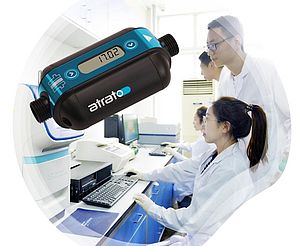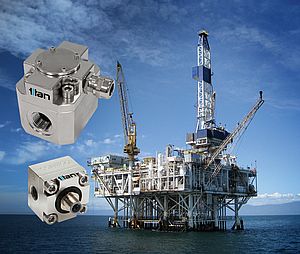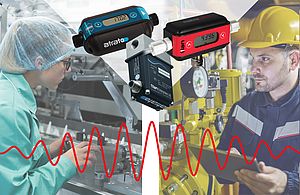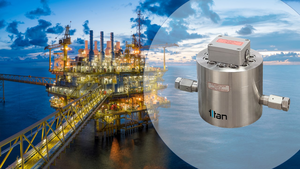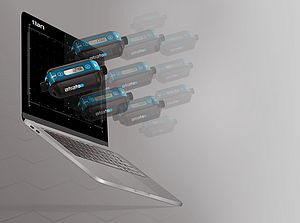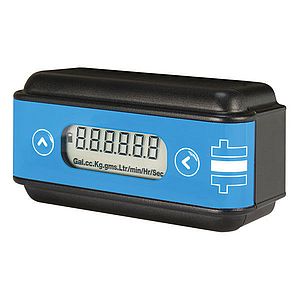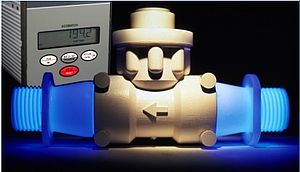High-speed batch dosing in filling lines, typically seen within the food, beverage and pharmaceutical industries, is a modern process that increases production throughput and efficiency, as well as saving on cleaning costs associated with traditional batching processes.
Historically, small turbine flowmeters have satisfied markets where reasonable volume batching is used, such as beer wall dispensing or ultra-pure water dispensing. These flow measurement devices have excellent response times and are highly effective for low viscosity dosing systems. However, turbine flowmeters do have moving parts within the flow line which can limit the life of the flow device due to mechanical wear and tear. Mechanical devices also require hygienic cleaning which adds to downtime and associated cost implications.
For processes requiring high-speed integrated batch dosing, ultrasonic flow meters, such as Titan Enterprises’ Atrato® flow meter, provide an easy-to-clean system with no moving parts. However, as with all electronic flow devices, there is a trade-off between response time and affordability.
Titan’s white paper highlights some of the issues raised when using electronic flow meters for high-speed batching. The aim of the investigative trials was to determine the optimum results for high-speed (at sub three second) batching using an electronic flow meter that can be achieved with an accuracy higher than ±0.5%. Titan worked with their ultrasonic device, the Atrato®, to resolve these and achieve a cost-effective solution for high accuracy, rapid batch control.
Significant increases in high-speed batching performance were shown using the Atrato® ultrasonic flowmeter, together with bespoke AI learning software, and an appropriate system set-up in laboratory conditions.
Neil Hannay, Titan’s Senior R&D Engineer, said “Our Research and Development is driven by helping our customers address challenges within their process systems. This could be enhancing existing technology and performance, trialling different materials and characteristics, or designing new flow measurement devices to meet specific customer needs and liquid flow conditions.”





